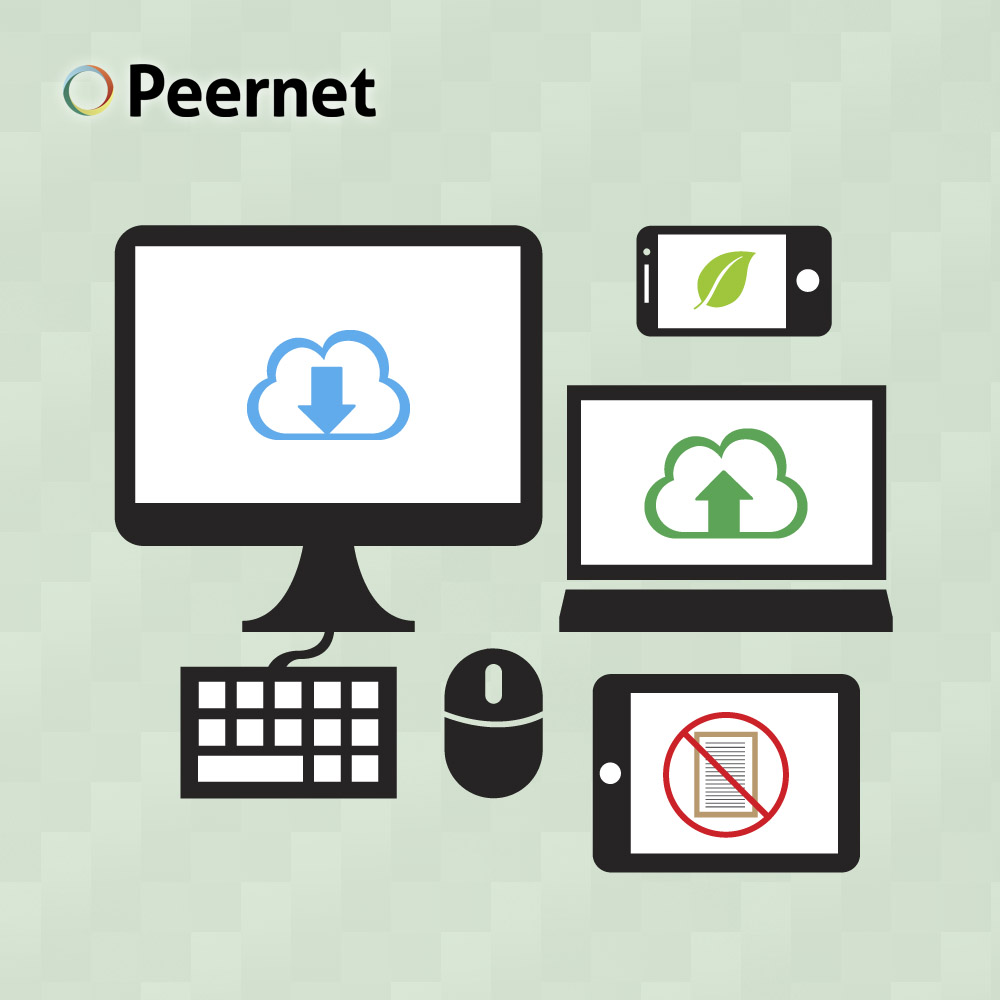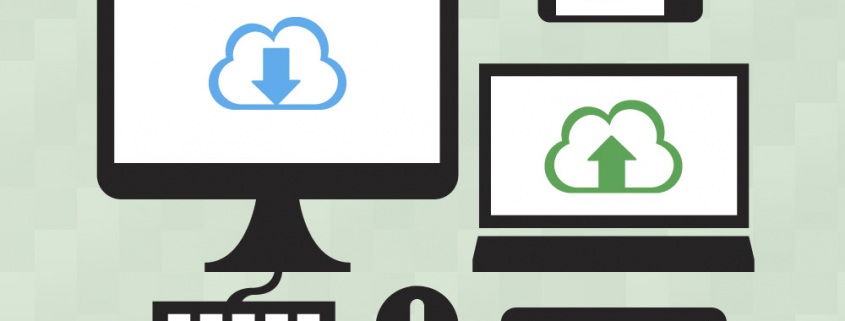The Paperless Office: Making Sense of Dollars and Cents

The idea of a paperless office is not exactly a new one, but its practical implementation is more feasible than ever before.
According to the U.S. Environmental Protection Agency, the average worker produces two pounds of paper per day. That’s a pretty crazy figure, and one that speaks to the fact that many businesses are still lagging behind in making the switch to digital filing and record-keeping.
Fortunately, we live in a time where the reduced cost of technology and software means that it’s quite possible to eliminate your office’s reliance on paper. Not convinced of the value of it? Well then, let’s look at it in dollars and cents, and think of some of the wasted money that paper costs your business:
The Cost of Paper
Let’s say you run a medium sized business that serves 20 clients per month, with 5 documents per client averaging 5 pages each. That means that at a bare minimum, you’re buying 6,000 pages of paper per year – and we haven’t even factored in the cost of printing, making multiple copies, storing, filing, shredding, mailing or anything else yet!
Printing Costs
Printing costs are often an afterthought, but they can add up in a big way. Let’s say you print two copies of those documents for staff members, two copies for the client and one for storage at the office. We’re now up to 30,000 pages per year.
“Hidden” Paper Costs
Now let’s consider some of the other ways that all that paper adds up on your businesses’ bottom line:
- Additional paper: internal memos, accounting records, meeting hand-outs, etc.
- Costs of printer maintenance – toner/cartridges, maintenance and replacement units;
- Costs of ongoing photocopier maintenance;
- Time spent by administrative staff storing and retrieving documents;
- The cost of storage cabinets and supplies like folders and labels;
- Shredding costs for important or sensitive documents;
- The cost of sending things out to clients via regular mail or courier;
- The hidden cost of office space devoted strictly to paper storage and filing cabinets.
Ways to Save on Paper
As you can see, these costs can really add up over time. Here are a few basic suggestions on what you can do to start saving on paper costs:
- Instead of saving hard-copy documents in the office, save them electronically as a PDF or a TIFF;
- Ask your vendors or suppliers to email your bills/financial statements rather than send them in the mail, if they’re not doing so already;
- Send employees their pay stubs by email rather than printing them and handing out each one;
- Email customers and clients their documents instead of mailing them out;
- Implement e-signatures as an acceptable form of verification for your business;
- Make use of a projector at meetings rather than print-outs; alternatively, email notes to your employee’s phones/tablets so they can follow along there rather than on paper;
- Encourage your employees to not print emails unless absolutely necessary.
Time to Switch?
We’re just scratching the surface, but clearly, there is a staggering cost to a business’s reliance on paper. Even if you can’t cut paper completely out of your office, there are many tools, like software from Peernet, that can at least help your business ‘trim the fat’ from your paper costs.
The other thing to keep in mind is that almost everybody entering the workforce from here on out has grown up using technology. That means that any training costs incurred by switching to a paperless office, or minimizing your business’s paper use, will continue to shrink.
Given the benefits, it seems clear: switching to a paperless office is one of those things you can do for your business where a small investment now is sure to pay off in the long run.



